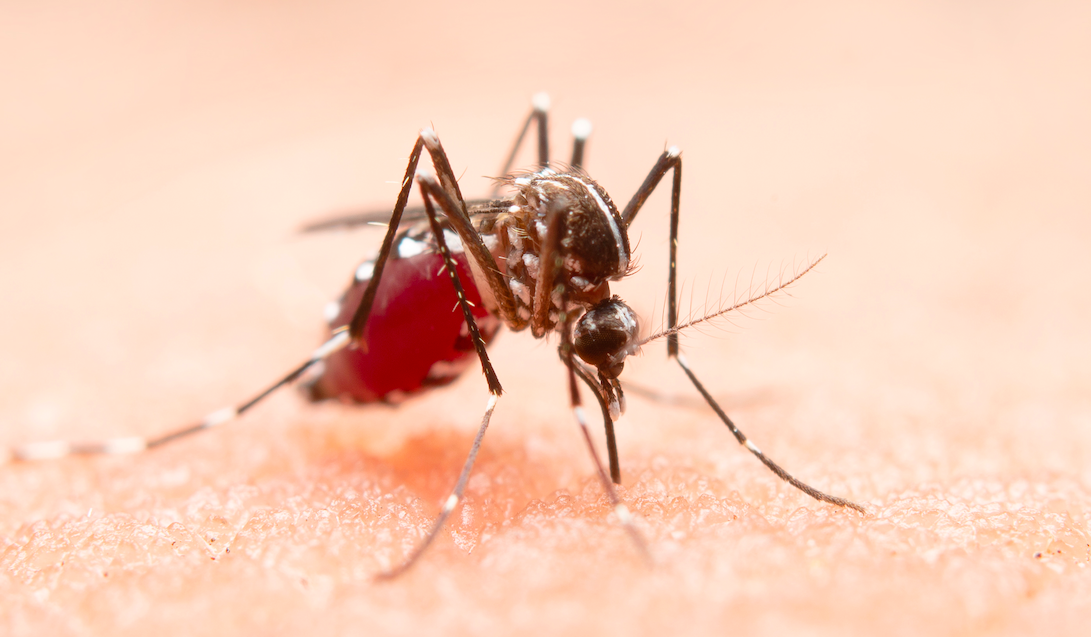 KEMRI is set to introduce vector studies, to determine the different species and their behaviour.
KEMRI is set to introduce vector studies, to determine the different species and their behaviour.
Turkana County is now categorised as a high malaria burden county in the 2023-2027 Kenya Malaria Strategy, and it partly has to do with the discovery of the invasive mosquito Anopheles Stephensi in 2022.
The strategic framework, developed by the National Malaria Control Programme, aims to guide malaria control efforts and monitoring towards achieving a malaria-free Kenya.
Unique factors contributing to Turkana's high malaria prevalence include; the mobility of pastoralist communities along international borders with Uganda, South Sudan, and Ethiopia, the presence of refugee camps in Kakuma and Kalobeyei, and rapid urbanisation.
According to the Kenya Health Information System, Turkana County has a malaria prevalence of 39 percent compared to the national average of 6 percent, with case upsurges during the rainy seasons.
“This declaration positions Turkana to receive increased support through initiatives such Seasonal Malaria Chemoprevention (SMC),” said Dr Epem Esekon, the County Executive Member for Health and Sanitation.
The County piloted Kenya's first SMC initiative in Turkana Central Sub-county in collaboration with Catholic Relief Services, targeting children aged 3 to 59 months. The pilot, conducted June to October 2024, demonstrated a 70 percent reduction in malaria infection rates among children. Another round is scheduled for June to October 2025.
The National Malaria Control Program and Kenya Medical Research Institute (KEMRI) conduct a routine surveillance every three months. In addition, KEMRI Kisumu is set to introduce vector studies, to determine the different species and their behaviour.
Additional measures introduced are Intermittent prophylaxis in pregnancy (IPtp) and cross border initiatives, to be able to address the burden of the parasitic disease as a regional challenge.
Chief Officer for Preventive and Promotive, Janerose Tioko, stated that malaria accounted for 30 percent of the reported cases in both children and adults. She also noted the discovery of Anopheles stephensi in 2022, an invasive mosquito species thriving in urban areas and resistant to current insecticides, had led to more cases being reported.
Turkana has benefited from several national initiatives, including the September 2024 Long-Lasting Insecticidal Nets (LLINs) distribution campaign, which targeted 22 high-burden counties and reached over 160,000 households in Turkana.
Additionally, the county is collaborating with the International Centre of Insect Physiology and Ecology on a two-year research project, "Symbio Vector – Controlling Malaria from Within," in Katilu Ward. This study explores the use of inherited microbes (Microsporidia-MB) to block malaria transmission by female mosquitoes.
The County Health Department is committed to accurate data collection, evidence-based resource allocation, community engagement, and integrated health services to achieve sustainable malaria control.
Dr Esekon emphasised the importance of these proactive measures in reducing malaria-related mortality and improving health outcomes in Turkana.









